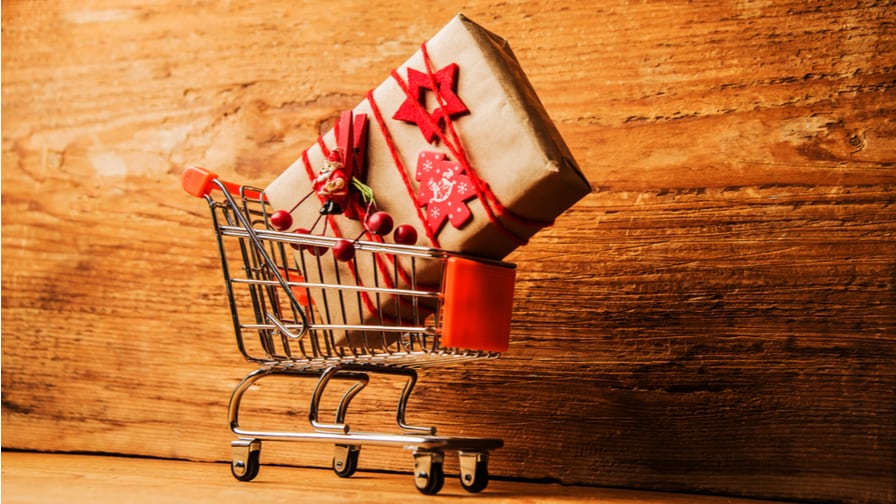It’s nearly that time of year again; the holiday period is edging closer! As shoppers around the world begin planning purchases and making their wish lists, the time is now for marketers to start planning how best to harness the opportunities of the festive spending season.
The challenge to stand out amongst competitors has never rung so true. Research from Royal Mail found that 30% of shoppers start their Christmas shopping during or before October, with each person purchasing seven gifts on average in the run-up to the festive period. The opportunity is there for the taking, but in a crowded marketplace, brands need to build relationships and give consumers a reason to shop with them.
Clearly there is a gap to be bridged. While 63% of consumers state that they expect personalisation from brands and retailers, only just over one third (37%) of marketers are currently investing in personalisation technology.
Smart personalisation strategies can be the key differentiator for brands looking to stand apart and drive conversions. With Brexit on the horizon and the economic uncertainty that comes with it, brands and retailers must focus on building sustainable and lasting relationships with consumers to withstand any threats to consumer spending. Our latest Ecommerce Benchmark report noted that ecommerce conversion rates dropped by 7% in Q1, a trend likely to have been driven by Brexit.
There are, however, a number of barriers that can often stand in the way of an effective personalisation strategy that accelerates the customer journey and drives results.
Understanding the basics of personalisation
When considering how to personalise the customer journey during this peak trading period, marketers should remember that there is no one-size-fits-all approach when it comes to personalisation. Recognising that every shopper behaves differently and has unique expectations is crucial.
Start by thinking about distilling audiences into groups by location, device or demographic. Combining this insight with machine learning will enable brands to use real-time models to identify what works best for each individual. Ultimately, data provides the insight to inform how, where and when to interact with each customer.
Getting to know your customers
Actionable customer data is the key to success when implementing a 1-to-1 personalisation programme. Retailers will have an understanding of what customers will like based on data from previous interactions. Whether they’re interested in gaming or want beauty products this Christmas, brands can tailor experiences based on anonymous browsing events, no matter where consumers are coming from.
1-to-1 personalisation utilises all existing customer data and leverages marketer-guided AI in each decision of what to show consumers. The more data available, the more effective and tailored the personalisation will be, but you can start small to reap value from the offset. From there, brands and retailers will be able to easily scale any personalisation efforts as they grow in data maturity and continue to get to know their customers.
Joining the dots
Gone are the days that shoppers will use just one device to interact with a website and make a purchase. As purchasing habits change, brands too must evolve. Thus, marketers are today faced with the challenge of connecting together their customer behaviour to form a complete picture, in a bid to avoid data silos.
Moreover, misalignment within businesses and the move from specialised departments to cross-functional teams may halt the personalisation process. For example, one team might be focused on website optimisation, while another team is solely looking at advertising display. Ensuring full alignment and buy-in across the organisation will enable a more seamless process where all teams can work towards a unified data and technology effort.
Building the content
Effective personalisation does not require unique content for every individual. Focus on obtaining a handful of creative assets and copy to reflect the varying interests of your customers. Let’s consider what it really means to provide a good 1-to-1 experience — it’s not just about the brand imagery, product recommendation or message, but a combination of these elements, on the right platform, at the right time. Getting this right holds the key to attracting holiday shoppers.
However, personalisation takes things further than this. Consumers are becoming savvier, and increasingly expect personalised content and recommendations. Ultimately, personalisation should take the burden away from marketing teams, and not just during one seasonal period! The future will see machine learning and marketer creativity working hand-in-hand to reap the rewards of increased loyalty and greater ROI.
So, how can marketers overcome these hurdles to optimise customer experiences and be best placed to meet demand ahead of a busy ecommerce period this holiday season? The below steps should help you on your way…

